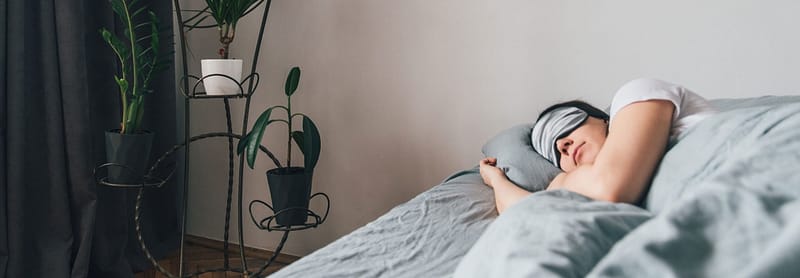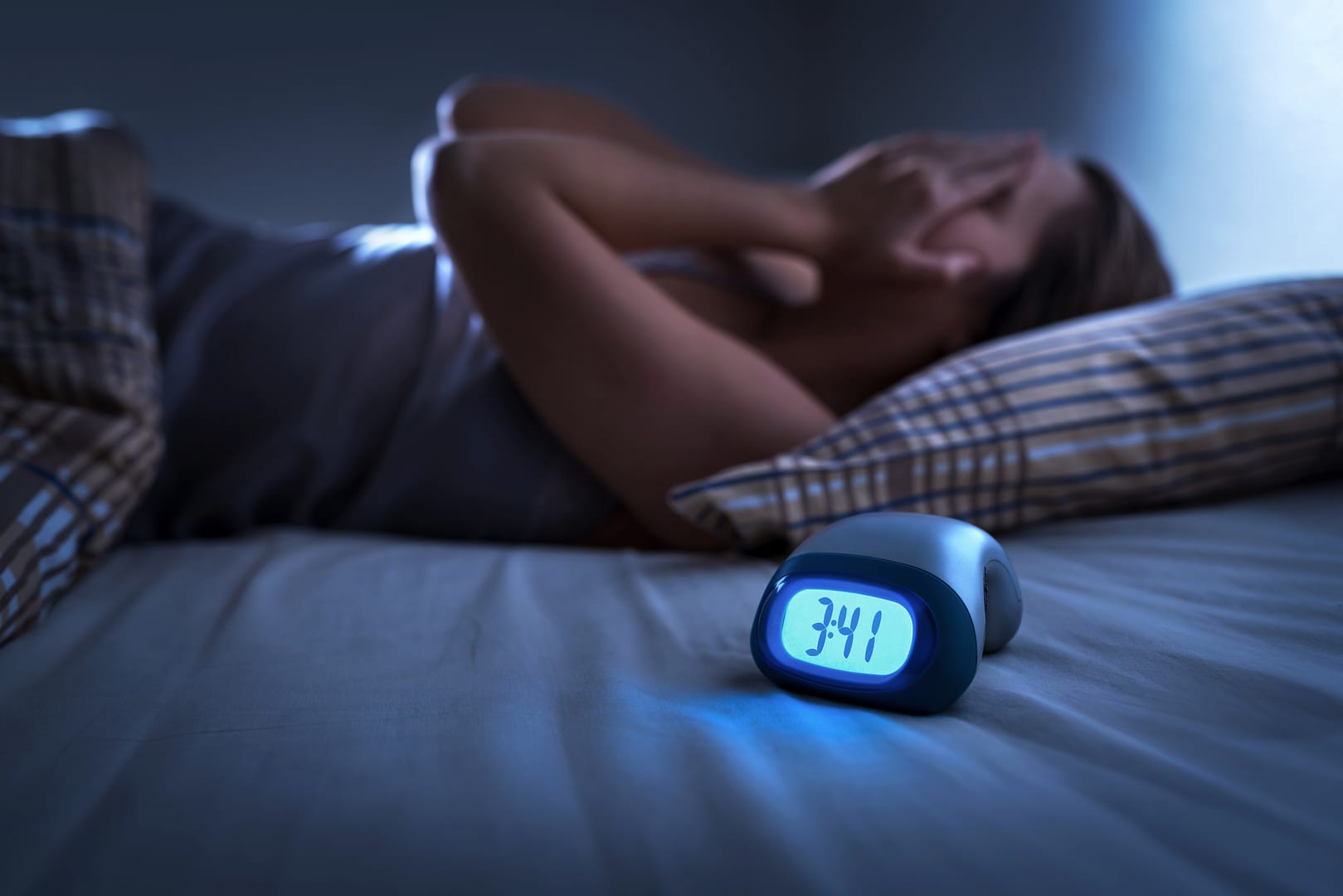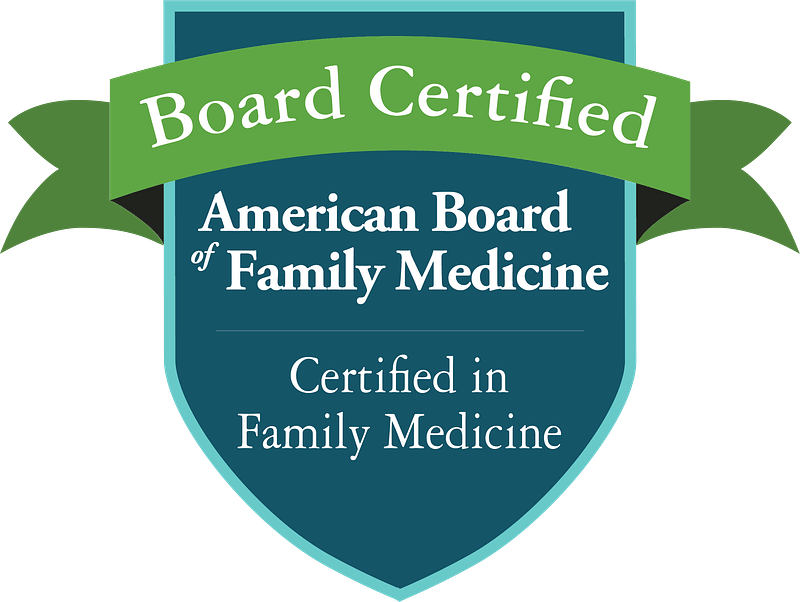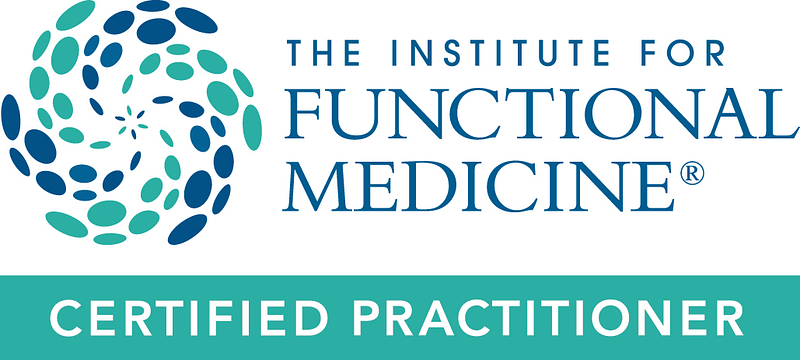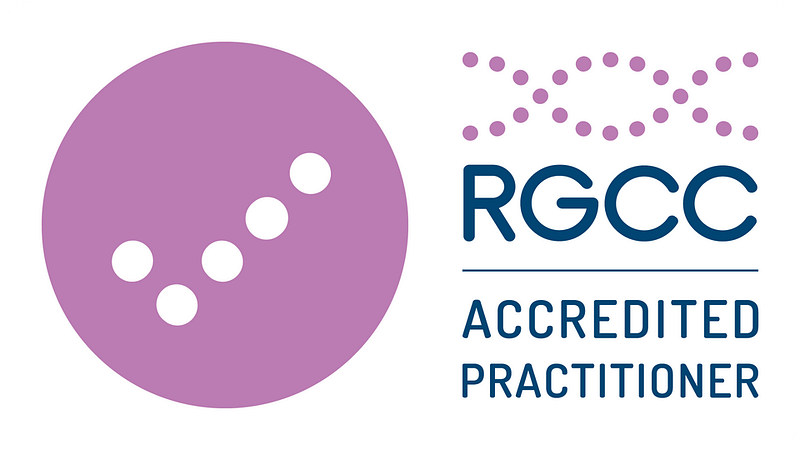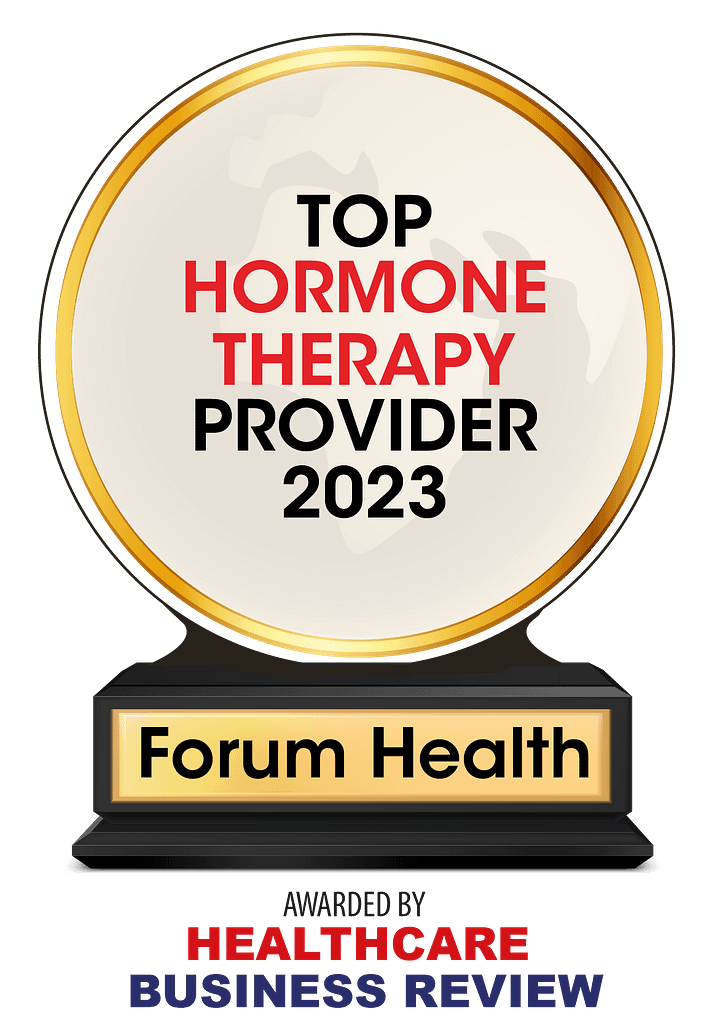Each night across America, an estimated 15 million people are, in effect, being asphyxiated in their own homes.
Obstructive sleep apnea (OSA) is a much more serious health problem than just the annoyance of snoring. When lying down to sleep at night, the airway can actually collapse or can become physically obstructed, resulting in a life and death struggle for oxygen. People afflicted with OSA may be unaware of their own apnea, but others in their households are not, as they may also become sleep deprived from long nights of their loved ones’ gasping respirations and physical restlessness.
Sleep apnea is defined as 10 or more episodes per hour of cessation of breathing in excess of four seconds. They must be accompanied by a four percent or greater decrease of oxygen levels in the blood and be followed by frequent awakenings in an attempt to breathe.
The body interprets the decreasing oxygen levels as an emergency and releases the stress hormone adrenalin to counter this perceived life-or-death situation. An excess of adrenalin contributes to high blood pressure, which is known to afflict about 50 percent of OSA sufferers. Failure of blood pressure to lower during sleep is a sign that high blood pressure may be caused by OSA.
Middle-aged men are more commonly afflicted than women of the same age, as are obese or overweight individuals. A neck circumference greater than 17 1/2 inches in men and 16 1/2 inches in women suggests risk for OSA.
Sleep apnea is associated with many health problems and can even be fatal, most likely from heart arrhythmias or motor vehicle accidents from driving while tired. Symptoms associated with sleep apnea include headaches on waking and dry mouth. The lack of deep, restorative sleep results in irritability, hallucinations, and inability to think clearly, which can lead to stressed relationships and poor job performance. Blood vessels in particular suffer under sub-optimal blood oxygen levels, contributing to angina, coronary artery disease, stroke and impotence. OSA can be aggravated by sleep deprivation, the use of alcohol, tobacco, and some drugs, and allergies that cause swelling of tissues in the nose and throat.
Sleep apnea is diagnosed by monitoring breathing cessation (apneic) events and lowered levels of blood oxygen (hypopneic) events in a sleep lab. For many, being wired, observed, and sleeping in an unfamiliar bed does not mimic a routine night of sleep. Years of research has revealed that the tone of small arteries (peripheral arterial tone) in the fingers directly correlates with apneic and hypopneic events.
An FDA-approved computerized device is available at GSMC for at-home monitoring to diagnose OSA. Simply wearing a specialized glove that holds a tiny computer and two devices that are worn on the fingers allows monitoring of heart rate, respiration rate, and oxygen saturation.
Once diagnosed, sleep apnea is routinely treated by Continuous Positive Airway Pressure (CPAP), which delivers room air under pressure by a facial or nasal mask. CPAP can effectively address the lowered oxygen levels. However, more than 40 percent of people with OSA cannot tolerate CPAP and others will not use it due to the aggravation.
Since the symptoms of OSA are more severe when people sleep on their backs, simply strapping a tennis ball to the back can inexpensively and effectively train people to sleep on their sides, resulting in great improvement of milder cases of OSA. Other treatments for OSA include weight reduction, desensitization to allergies, and specialized mouth splints that open the airway by pulling the lower jaw forward. In severe cases that do not respond to medical intervention, surgery may be necessary to reduce the volume of tissue in the throat.


